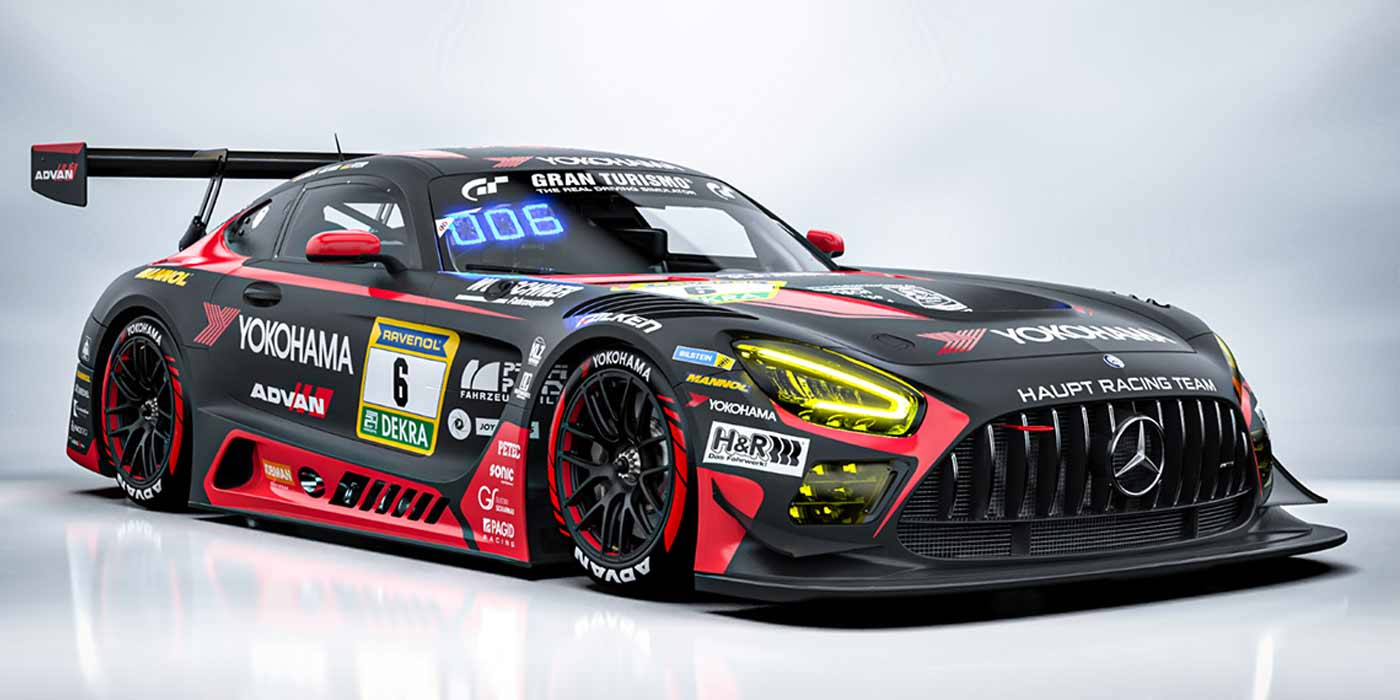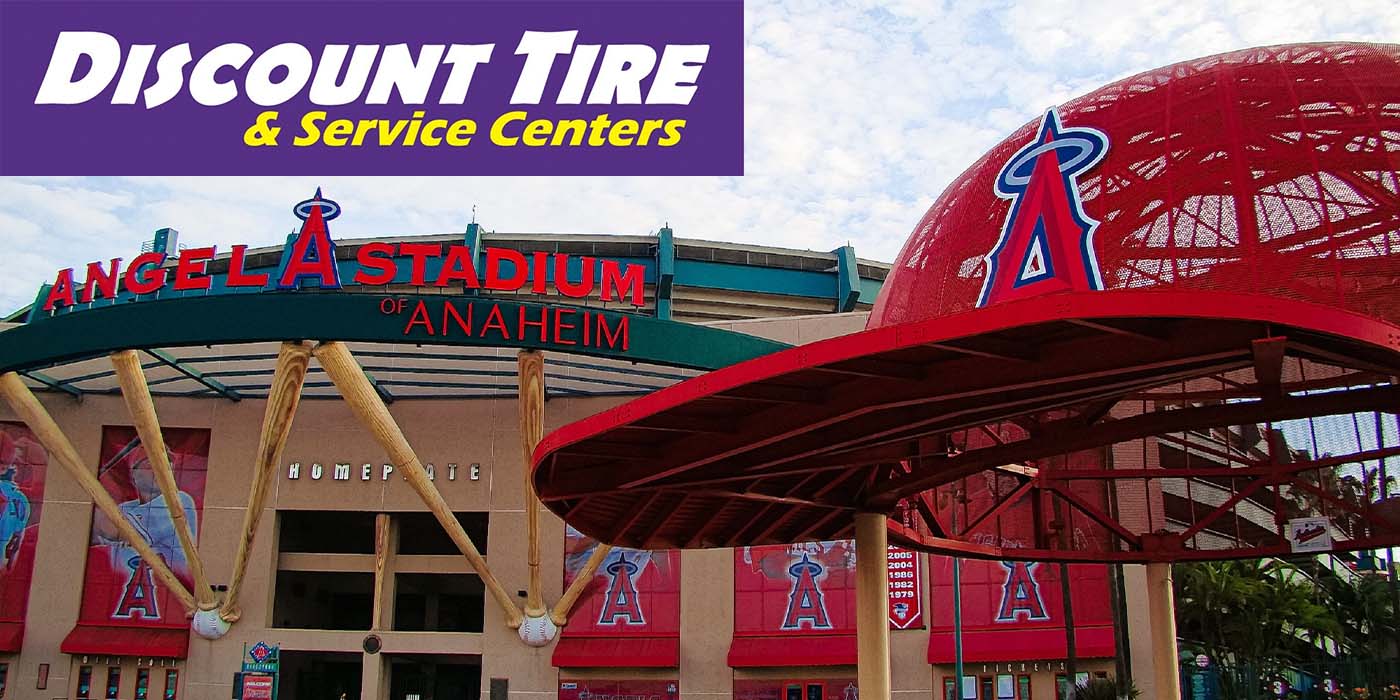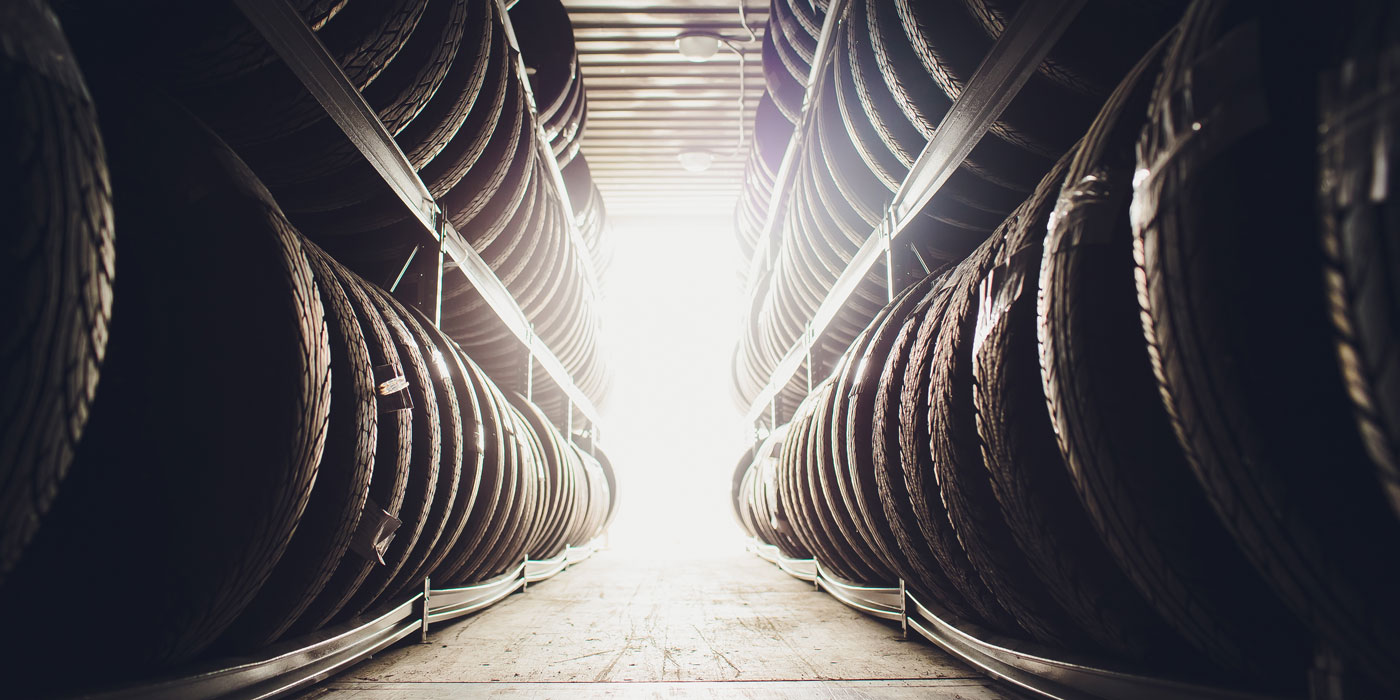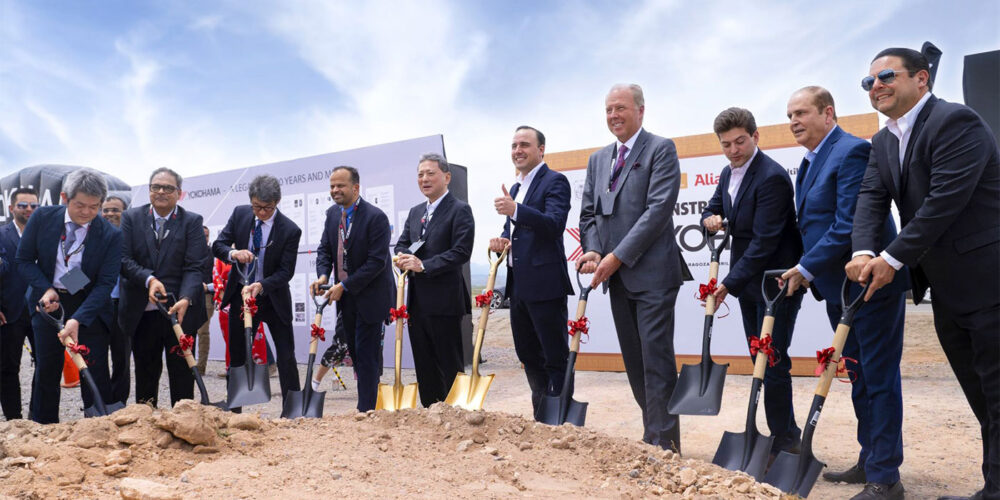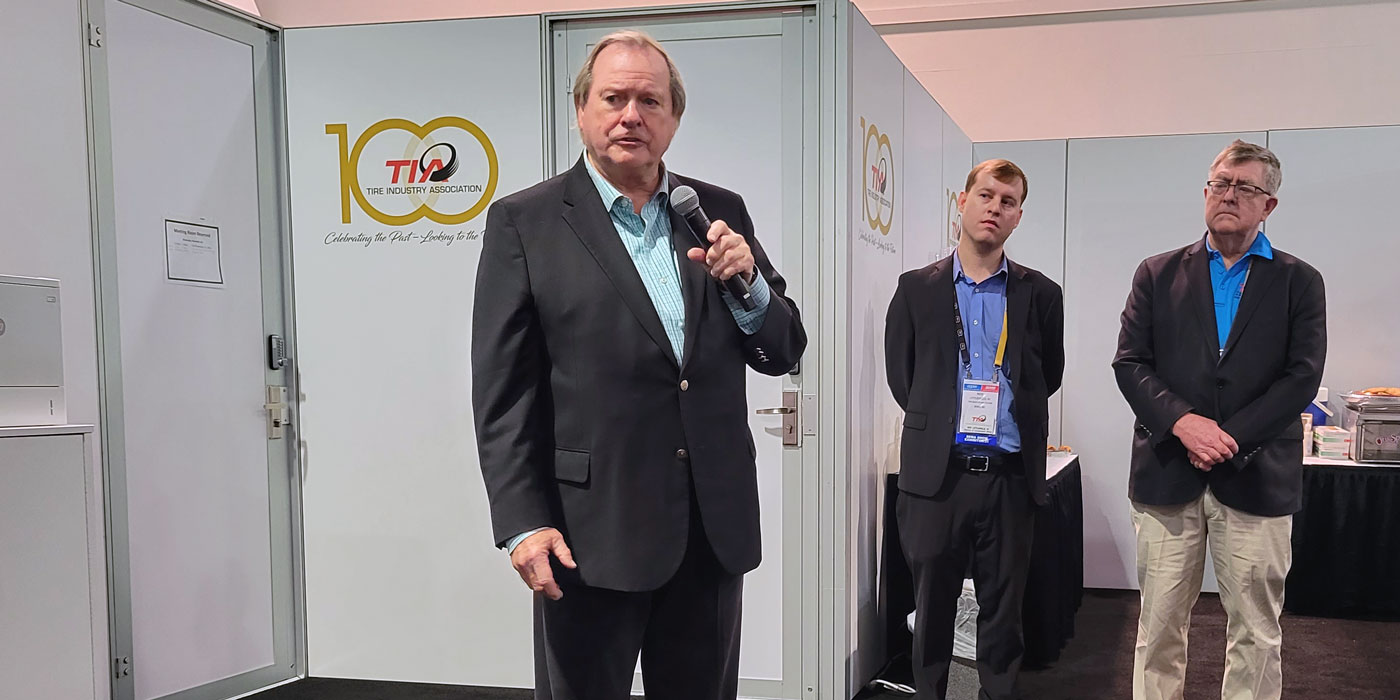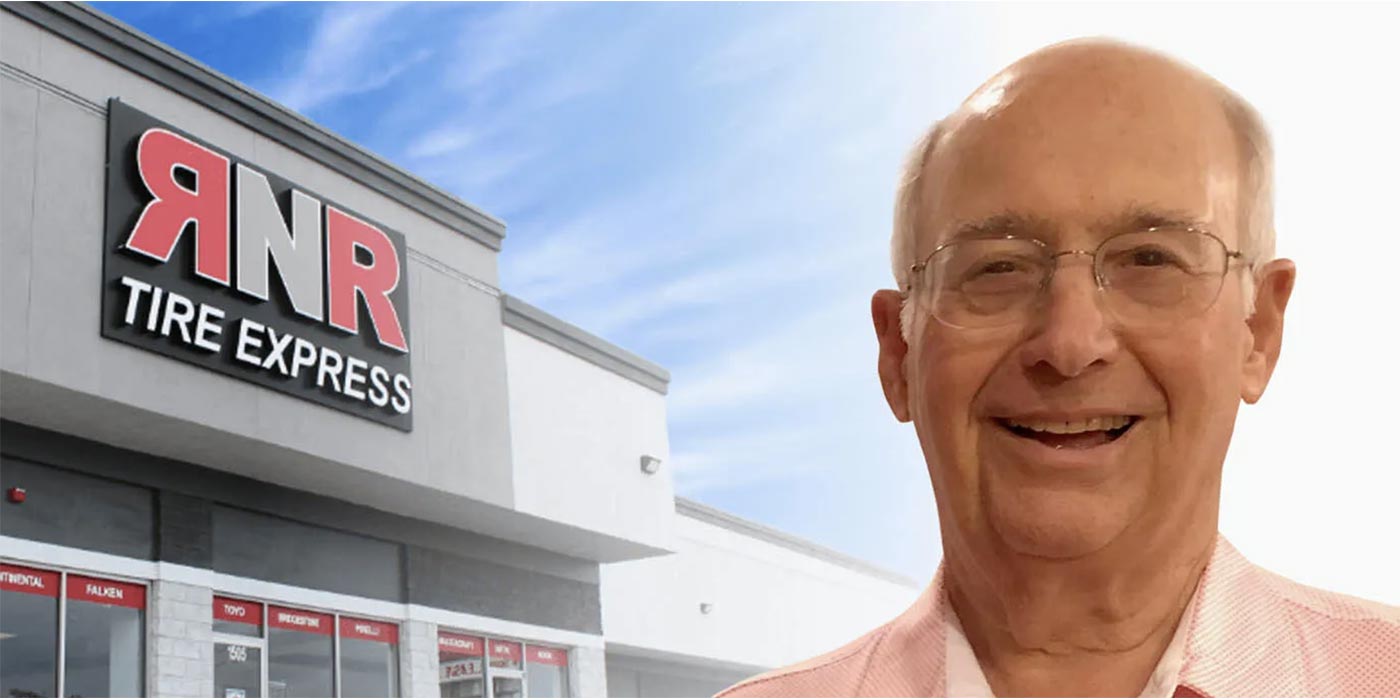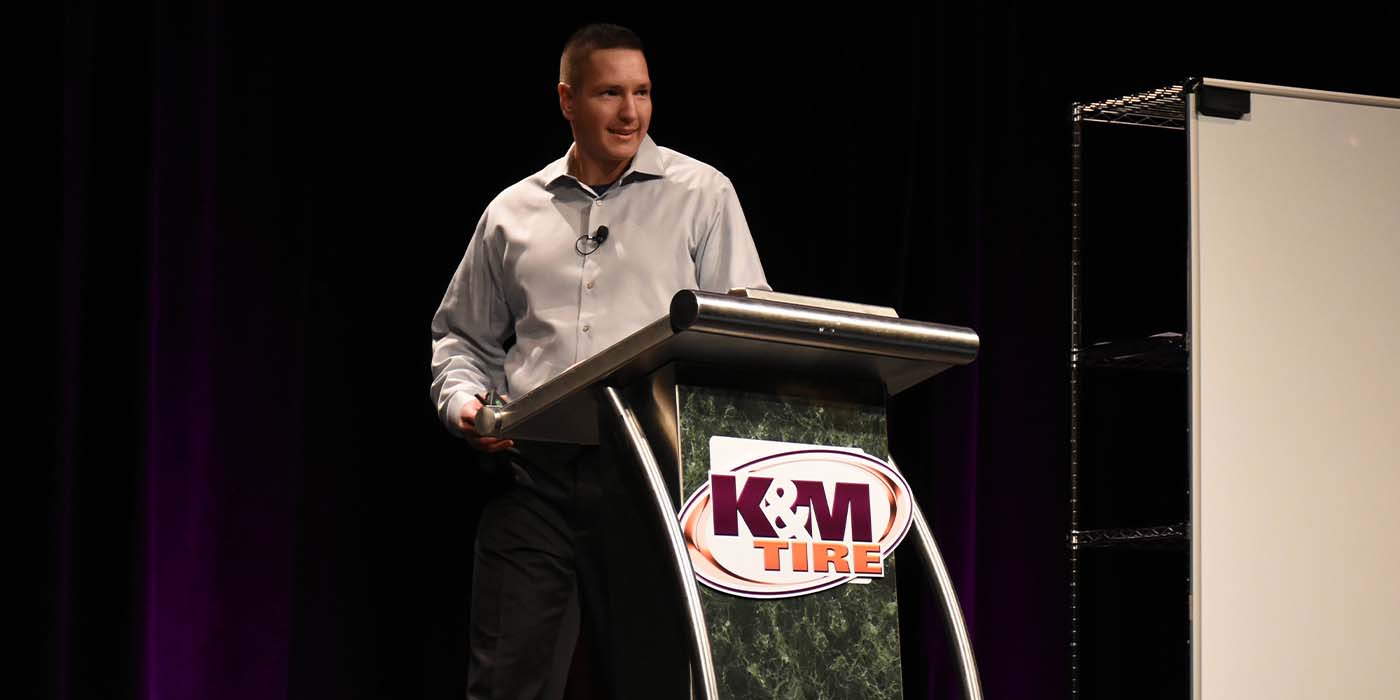Not only is this market, with a volume of 40 million passenger car tyres (replacement market) among the largest of the world (and soon will even overtake the German tyre market, traditionally Europe’s strongest), the position of market players in the competitive environment that is the Russian tyre market is changing, and new players are taking over from the well-established. While Russian tyre manufacturers are struggling to position themselves and their products in the profitable branded market segments, companies such as Nokian Tyres and Continental, along with Bridgestone, Michelin and Goodyear continue to dominate the game with their premium and secondary tyre brands (e.g. Gislaved from Continental). These manufacturers are successful in increasing their relevance to the Russian tyre market to a large extent because they benefit from controlled distribution, as the example of Nokian shows.
In 2007, about 39.8 million passenger car tyres were sold on the Russian replacement market. Adding the 8.2 million tyres sold to Russian OE customers, the current market size is 48 million units. While the Russian tyre market was not exposed too much in the way of tyre imports or local production by Western companies before the break up of the Soviet Union, all this has changed over the past 15 years. Together with the changing standards of living in Russia – today one in five Russians owns his own car, which is less frequently a Lada –the demands on the Russian tyre market are also changing. This not only has its effect on overall demand and thus market size, but also on what brands are demanded by Russian consumers.
So, for example, next year will be the first year in which there will be less Russia-made no-name brands or so-called C brands sold in Russia compared with brands from the two branded market segments (A and B segment). In the most recent past annual decreases of C segment sales figures (in absolute terms) have been rather moderate and were lying at three per cent and lower. However this scenario currently seems to be changing, and it now appears that market change is gathering momentum. From 2010 onwards, it is thought, sales figures (again: in absolute terms) will decrease by more than ten per cent annually.
So, while the pressure on the Russian tyre market’s C segment is at the moment strongly increasing and thus leading to a division of the market into a non-branded and a branded market (B and A segment), it will be in particular the branded market with its premium tyres that will gain the most and be able to most strongly benefit from growth in the overall market’s size. Annual sales increases for these brands in the range of about 20% to 40% is considered possible by market observers.
While demand in the C segment is diminishing and absolute sales figures are constantly decreasing, the premium A segment is picking up and will become the single largest of these three market segments by 2011, according to a market study conducted by Finland’s Nokian Tyres. Looking at turnover (and not absolute sales) figures only, the premium A segment is already Russia’s largest market segment, where an annual turnover of 537 million euros is generated. Budget C segment tyres – although three times as many where sold in 2007 – only represented an annual turnover of about 479 million euros.
The general trend is quite clear: The Russian tyre market is increasingly craving branded products, thus leaving no opportunities for locally made budget or C segment tyres. This development, by the way, is currently taking place in parallel with dramatic changes in the Russian automobile market. According to a Morgan Stanley study, in 2007 about 2.7 million cars where sold in Russia, of which 700,000 were actually produced in Russia by Russian vehicle manufacturers. Russians today more than ever often want to buy an American, a Japanese, a European or even a Korean car. In 2000, the market share of new Russian passenger cars sat at three quarters; ten years later it will have dropped below 15%. The consequences for the domestic tyre and automobile industry are obvious. Not only in the automobile industry does a high demand for cooperation with Western manufacturers exist, as the alliance between Renault and Avtovaz, the manufacturer of Lada vehicles, has shown. Amtel gave a sign in that direction when it took over Vredestein from Holland. And Sibur-Russian Tyres is not missing any opportunity to point out that they would be willing to cooperate with a Western partner; the company always stresses the word “partner”, avoiding for obvious reasons talking about a take-over of whatever kind.
As much as Russian tyre manufacturers might try to set foot into the domestic tyre market’s A segment with self developed and manufactured products, that market will first and foremost remain the domain of all the major, international tyre corporations by definition, although it has to be pointed out that Nokian Tyres as a mostly regional player does not exactly fit this definition. According to figures provided by Nokian Tyres, the Russian replacement market is clearly dominated by the Finnish tyre manufacturer, which – after the start of operation in its tyre factory in Russia in September 2005 – now has a market share of 27.4% (2006). With regards to winter tyres, Nokian’s market share in Russia is even greater (above 30%) and thus represents the cornerstone of Nokian’s success in the Russian replacement tyre market. To illustrate Nokian’s strong growth: The year before, in 2005, it had an approximate market share merely 21%. The tyre maker from Finland sold its first tyre in neighbouring Russia (or rather the Soviet Union) in 1964, thus clearly placing it amongst the first Western tyre makers to sell products behind the Iron Curtain.
Other important foreign tyre manufacturers in Russia are Continental, Bridgestone, Michelin and Goodyear, as well as Yokohama and also Pirelli. Perhaps Finland’s Nokian no longer completely fit the definition of a “foreign tyre manufacturer”. Not only does Nokian operate its sole tyre production facility in Russia without any local partner, the company also today generates a major part of its annual turnover on Russian soil (about 30%). Finland, in turn, still only accounts for 21% of Nokian’s turnover. Thus it is fair to say that Nokian is clearly becoming a “Russian” company in the best sense of the word, although top executives in Finland prefer to think of themselves as leaders of an “international” tyre maker.
Similarly, Michelin has its own production base in Russia; in Davydovo, close to Moscow; operations started in the summer of 2004. Other Western tyre manufacturers either have not managed to establish a foothold on Russian ground with regards to domestic production capacities or have not been willing to enter into this kind of (ad)venture. Germany’s Continental once came close to starting its own joint venture factory in Moscow after a deal with the Moscow Tyre Plant was established; this was later cancelled. Today, Continental is joint venture partner with Sibur-Russian Tyres in the Siberian city of Omsk, where Matador – now part of the Continental group – once entered into a 50-50 joint venture (Matador-Omskshina). The only local tyre maker that can claim a chunk of the domestic premium tyre market would be Amtel-Vredestein. The Russian-Dutch corporation began in summer 2006 with the distribution of Vredestein and Maloya branded tyres, including Vredestein winter tyres, in Russia. According to figures published by Nokian, Amtel-Vredestein’s share of the Russian premium tyre market would be somewhere up to 5%. Within a publication produced by Amtel-Vredestein itself in 2006, the corporation claimed to have around a one per cent share of the Russian replacement market’s A segment.
One major prerequisite that need to be fulfilled by any tyre manufacturer that today wants to claim a noteworthy market share is the installation of its own network of distribution outlets that can be controlled to a certain extent. Thus, for example, Nokian Tyres operates a network of about 130 Vianor tyre shops, only two of which actually belong to Nokian directly. In Russia, apparently, Nokian has chosen to follow a different model compared to its Scandinavian home markets, where it does not operate Vianor as a franchise or partner system. Vianor currently has its strongest presence west of the Ural mountains; there are only few Vianor partners on the Asian side of the country. The plan is to establish up to 300 Vianor tyre shops by the end of 2009. This will help to safeguard and expand the tyre maker’s dominant market position. In parallel with the expansion of Nokian’s Vianor franchise/partner network in Russia, the Finnish tyre manufacturer has plans to invest another 195 million euros into the expansion of its factory in Vsevolozhsk, close to St. Petersburg. By 2011 Nokian will then have increased the capacity of its Russian facility from about 4 million, as it has today, up to 10 million units per year. The first additional production lines will start operation between February and August 2008.
So it seems Nokian has successfully managed to install its Vianor network in Russia. But to what extent – if at all – Nokian is actually operating a profitable (distribution) business there is not entirely clear. Until the very recent past Nokian’s Vianor chain was usually the only business unit in the company’s quarterly and annual business reports that didn’t fit in with all the other incredibly successful and profitable business units. Although Vianor’s turnover grew during these years, the tyre chain has been barely able to report more than a “black zero” over the past two years.
But it is obviously not only Nokian that has experienced difficulties establishing a profitable distribution and sales system in the Russian replacement tyre market. Amtel-Vredestein apparently has also not had much luck in the establishment of its own tyre chain; it initially hoped for a consolidation of the Russian tyre market through its chain “AV-TO”, but these ended up being consolidated themselves. The latest news reports from Russia indicate that Amtel-Vredestein’s AV-TO tyre chain – which sells about 20% of all the tyres produced by the group – seems to be for sale. The initial plans provided that Amtel-Vredestein would “dominate the market” with up to 500 AV-TO outlets throughout Russia (by the end of 2008), all owned by tyre maker. Back then AV-TO was reported to be able to supply up to 30% of domestic Russian demand and as much as 40% of the demand for premium tyres.
Currently (November 2007), there are only 92 AV-TO outlets remaining in Russia. In February last year this number was 115 outlets, according to data provided by Amtel-Vredestein. Analysts from Deutsche Bank refer to “uncomfortable surprises” for the tyre maker, reminding us of Amtel-Vredestein’s high level of debts. But as was announced last November, Amtel-Vredestein isn’t prepared to sell its entire AV-TO chain, as maintaining them is crucial to the continued support of its own sales figures: One out of three tyres sold in an AV-TO shop is made by the Russian-Dutch corporation. During the first half of 2007, Amtel-Vredestein reported a turnover of $113.7 million for its Russian distribution arm. (Tyres & Accessories/Staffordshire, U.K.)

